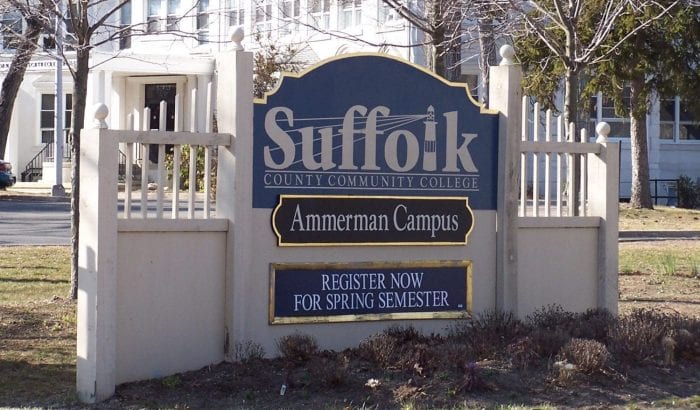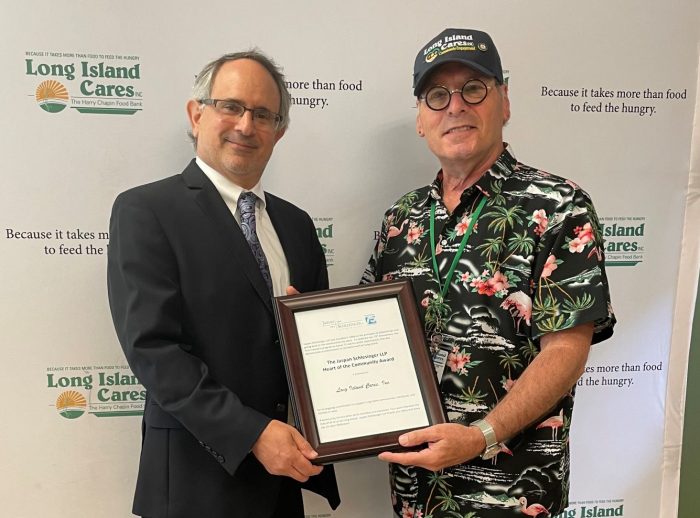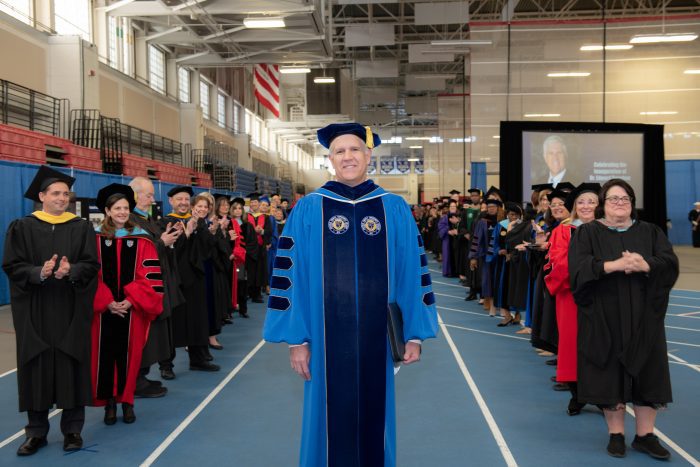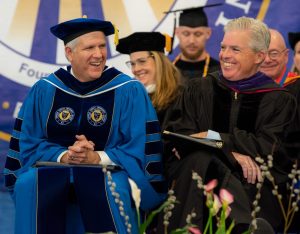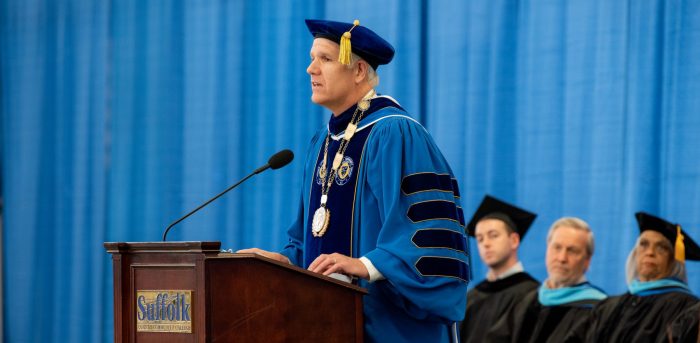By Chris Melllides
Spring is upon us and in times like these the importance of community is paramount. April is National Autism Awareness Month and with it Long Island’s small businesses are partnering to benefit Catholic Health and St. Charles Hospital in Port Jefferson in helping to brighten the lives of children and adults living with autism.

An estimated 5,437,988 or 2.21% of adults and 1 in 44 children in the United States have autism and are somewhere on the spectrum, according to the Centers for Disease Control and Prevention.
The condition can be debilitating, though this is rare and otherwise manageable. Autism occurs in children when they are between 12-to-18 months of age and in adolescents. Despite its commonality, experts say that individuals with autism and their families can sometimes deal with stigma. It’s important to recognize this and move forward with a sense of solidarity within our local communities.
United under one cause, seven Long Island businesses are helping to combat the stigma associated with autism. The observance of Autism Awareness this month shows strength in community, with proceeds from the sale of food items going directly toward benefiting Catholic Health and St. Charles Hospital.
“The movement right now is shifting from autism awareness month to autism acceptance month,” Virtual Therapy for Kids founder Joe Conlon said. “I wanted to be part of that change, I wanted to help shift the movement to acceptance. So, I thought the best way to do it was to get the community involved — and people love these businesses.”
Conlon has been credited with spearheading the month-long fundraiser and those businesses involved are thrilled to help in making this money-raising and morale-boosting movement a reality.
Located in Northport, Robke’s Italian eatery is among the seven participating eateries.
Owner Louis Selvaggio Jr.’s sister, Mia, was approached by Conlon with the idea for the fundraising effort. She said that because she works with “a lot of local brands and businesses,” she was able to help Conlon realize his goal of spreading autism awareness and building a campaign to ultimately raise funds for the pediatric rehabilitation program at St. Charles Hospital.
“So basically, him and I had a couple of conversations, like how we can bring awareness and acceptance to this topic,” Selvaggio said. To do their part, Robke’s has created a unique rainbow mojito to sell to its patrons — 10% from each drink sold will be going toward benefiting the fundraiser.
“A lot of people think of it as autism awareness month but it’s actually autism awareness and acceptance,” she said. “Instead of the color just being blue, it’s blue and rainbow, which a lot of people aren’t aware of until Joe explained this to me.”
Selvaggio has a jewelry business that she said will also be helping the pediatric rehabilitation program.
Bean’s Bagels owner, Michael Budani, who started working in the bagel business since he was an enterprising 15-year-old shop employee, was glad to help Conlon in realizing the fundraising mission — and it all came to fruition with just one Instagram direct message.
“We’re very involved on social media with our crazy bagels and rainbow bagels,” Budani said. “I told [Conlon] I think it would be a great idea because what we’re all about is helping the kids.”

Bean’s Bagels has only been in operation for four months in St. James, according to the owner, but has already made a significant impact in the community by supporting children’s baseball and softball games.
“When we caught wind of [the fundraiser] we thought it was awesome, it’s a great opportunity to get our name out there and, most importantly, do a good deed for people,” Budani said.
Dr. Ben Birney, a resident physician at St Charles Rehabilitation Center in Port Jefferson, said that he and Conlon were inseparable after becoming best friends in high school. Birney works in the rehabilitation unit doing clinical rotations with patients, among them children with neurological diseases.
Birney’s nephew has autism and so this fundraiser means a lot to him and his family. He acknowledges that there is indeed a stigma associated with autism and that Conlon’s idea to benefit the community and St. Charles Hospital was a good decision.
Speaking of the fundraiser, Birney said, “I think that is huge. It gives people even a couple of seconds out of their day to think about autism awareness.”
The local businesses involved in the community fundraiser, with Robke’s Northport and Bean’s Bagels, are My Olive Oil Cake, ExoticsnacksLI, ENP Nutrition, Clarkson Avenue Crumb Cake Co. and Cosenza NYC.





































